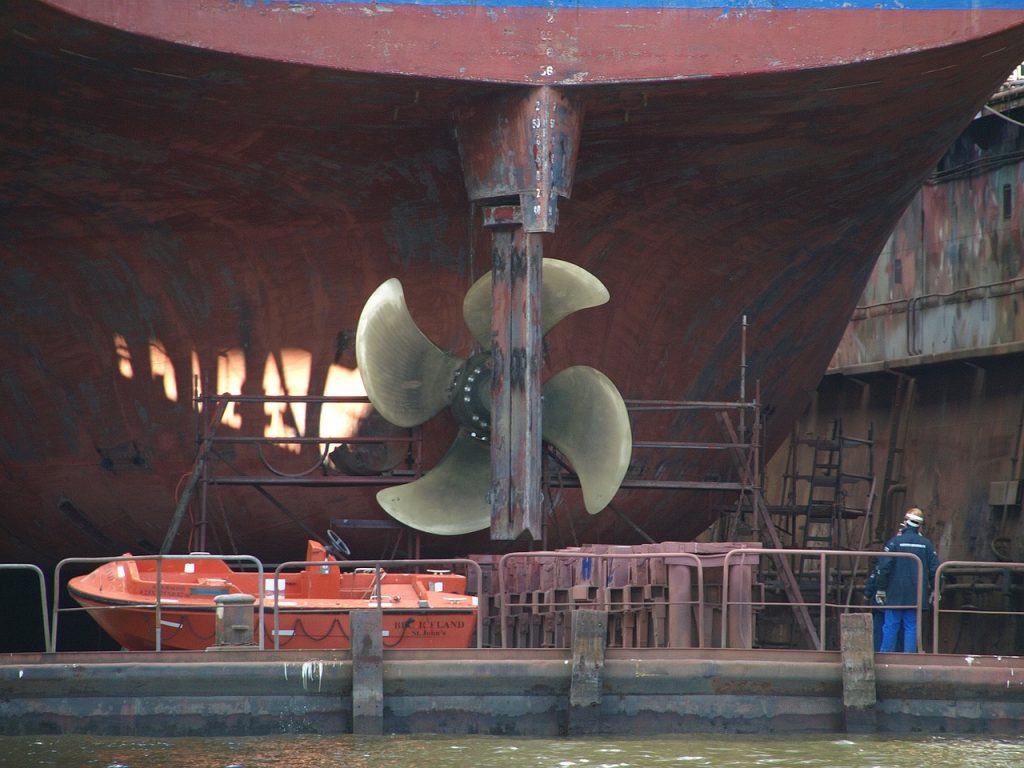European maritime industry lags in introducing innovative materials for ships’ performance. Unlike other industries, the maritime sector has a long way before leaving a smaller footprint in our seas and oceans. It’s why researchers created a hollow 3D-printed propellor blade to improve propulsion and contribute to environmentally-friendly shipping.
The Propellor Blade Project
The project RAMSSES (Realisation and Demonstration of Advanced Material Solutions for Sustainable and Efficient Ships), funded by the EU, developed hollow propellor blades from lightweight materials. The process is done by a method called wire arc additive manufacturing, where you build 3D objects with layers of materials.
In this particular production process, they built a 300 kg and 6 m in diameter ship propellor blade. The WAAM process melts metal wires with the help of electricity. The wire forms beads that are stacked to create a layer of metal.
The research was published in the journal Marine Propulsion & Auxiliary Machinery. According to Phys.org, Patrice Vinot, the package manager said: “Although additive manufacturing is increasingly present in industry, the programming and design of complex parts, such as propeller blades for ships, represents a considerable challenge.”
The main goal of the project is to create propellors that improve the ships’ operational capabilities on a large scale.
As stated by Engineering 360’s article, “the hollow propeller blade, which is a one-third-scale model of a container ship propeller, weighs significantly less than traditional propeller blades that can generally weigh as much as 20 tonnes. Researchers suggest that when manufactured at full scale, the blade will weigh roughly 40% less than current components.”
Large-Scale Production of 3D-Printed Hollow Propellor Blades
The team has plans for large-scale manufacturing of the blade, particularly for container ships. Vinot added: “The potential of the process revealed by this new case study means that we now anticipate unparalleled performance for the propellers of tomorrow.”
Image Credit: Pixabay






